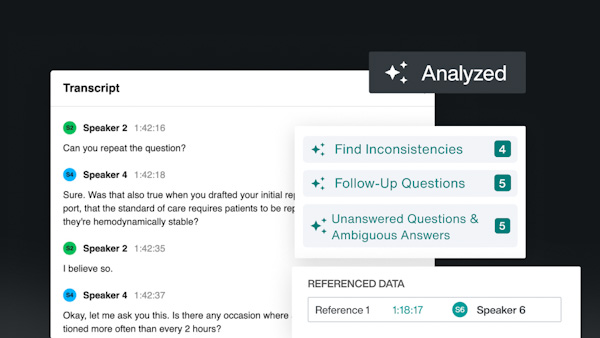Is There Meaning in the Supreme Court’s Rate of Summary Reversals?
Court watchers are noting a higher rate of summary reversals by the U.S. Supreme Court and wondering about the motive.
The U.S. Supreme Court has already issued nine summary reversals this term, the same number issued for all of the previous term, according to a count by SCOTUSblog. The number this year is even more dramatic when compared to the 2007 term, when there were six summary reversals in total, and the 2006 term, when there were eight.
In a summary reversal, the Supreme Court grants cert and reverses the lower court, without briefing or argument, usually in an unsigned opinion, the blog explains. Summary reversals tend to be used to correct an error in a particular case, rather than to resolve circuit conflicts or establish general legal principles.
“An increase in summary reversals has the effect of sending a signal to the lower courts that they cannot count on getting by with sloppy (or ideological) decision making simply because the opinion does not implicate a circuit split, at least in criminal cases,” according to the blog.
“There is much speculation whether this trend will continue and whether it is part of a conscious effort by the court.”
SCOTUSblog notes two workload consequences of the increase in summary reversals. First, it allows the court to beef up the number of cases it is deciding, battling criticism about a declining docket, without a big increase in work. A second unintended consequence: The court may be seeing more petitions to correct errors that don’t otherwise meet traditional criteria for certiorari.



